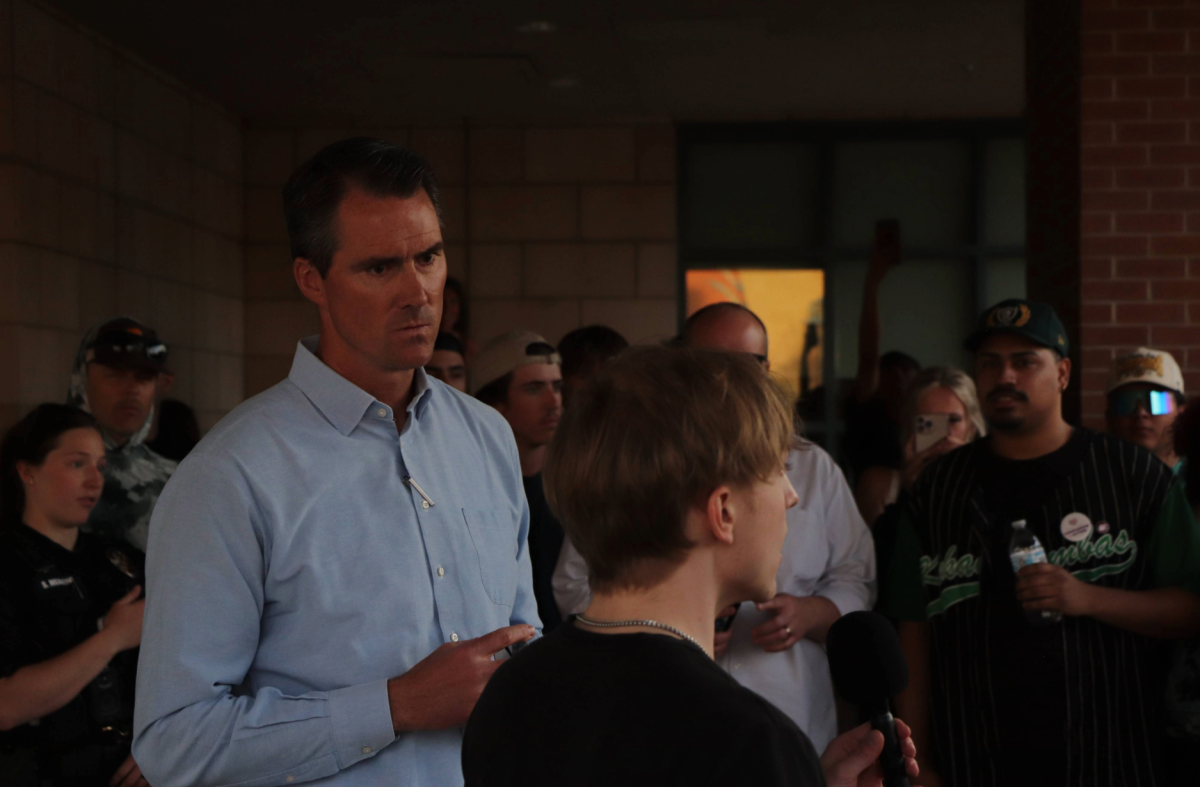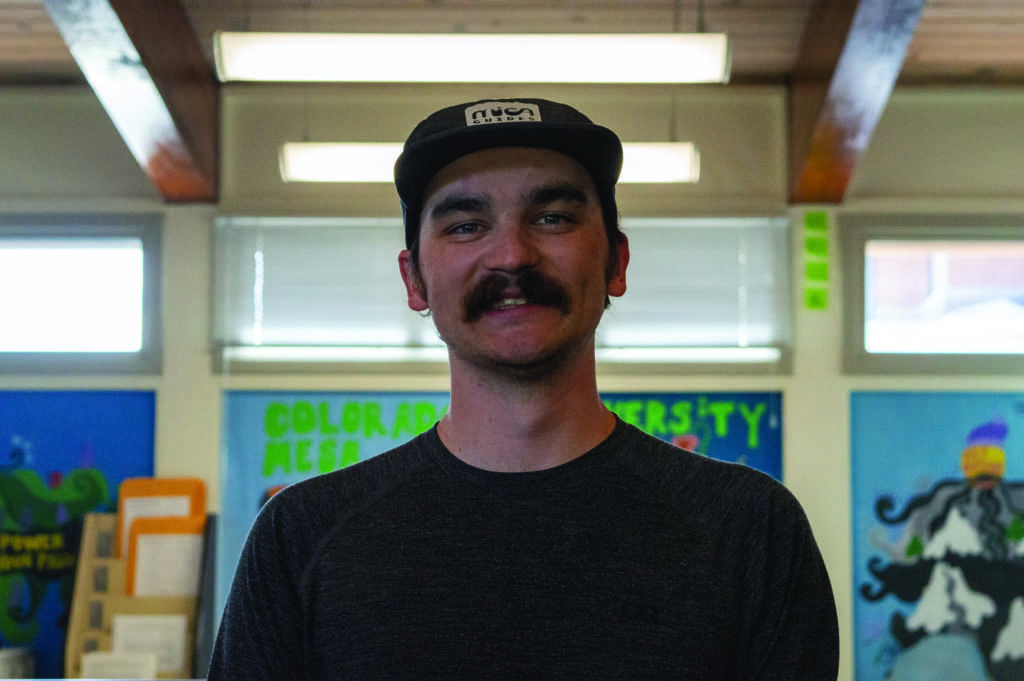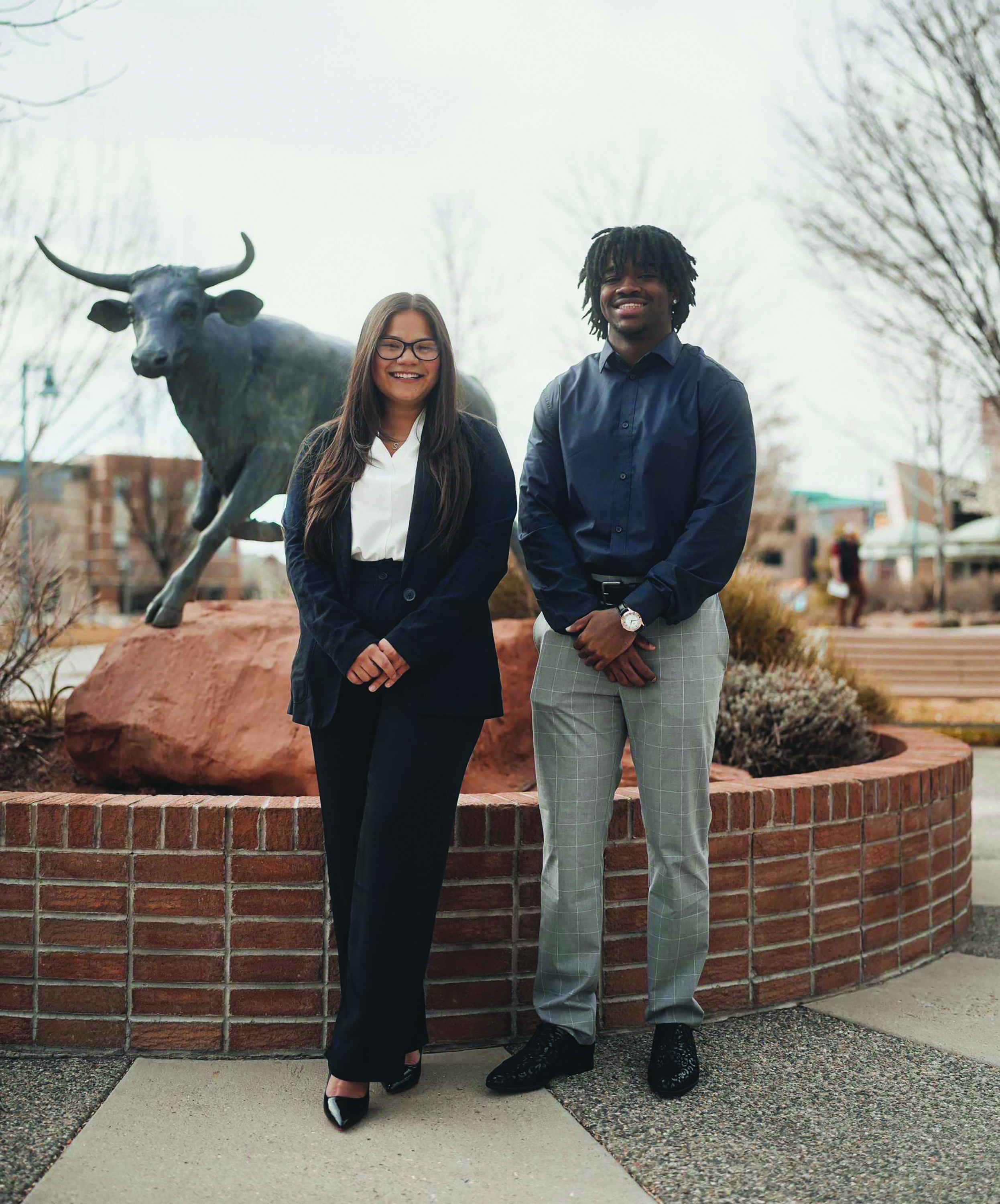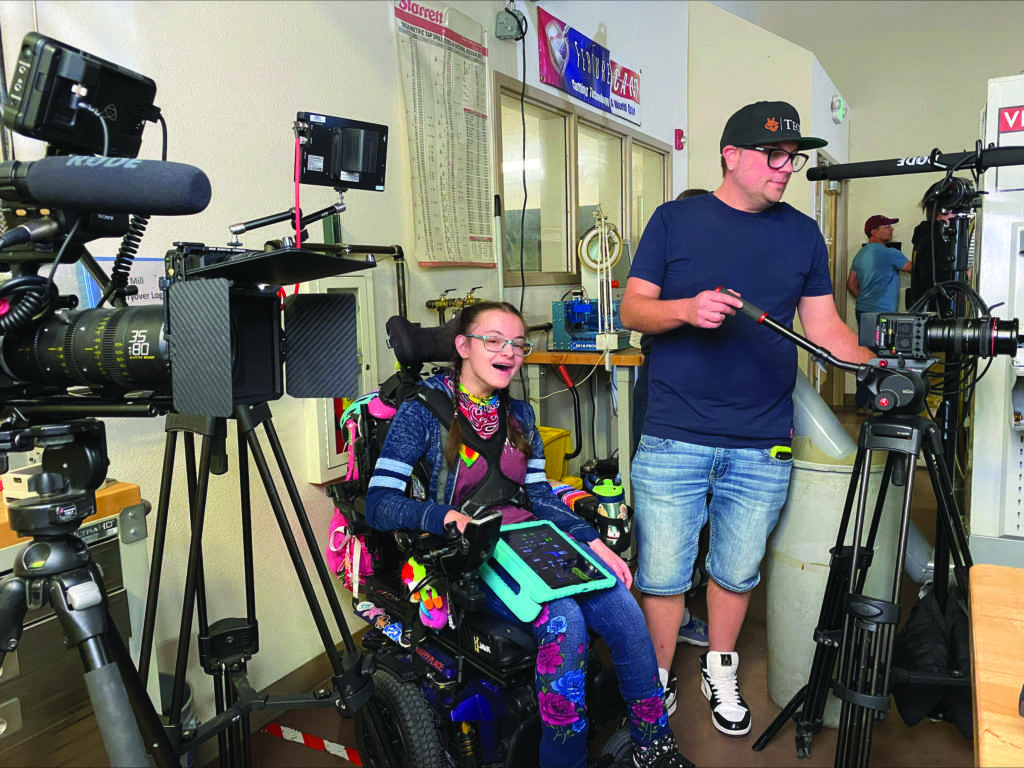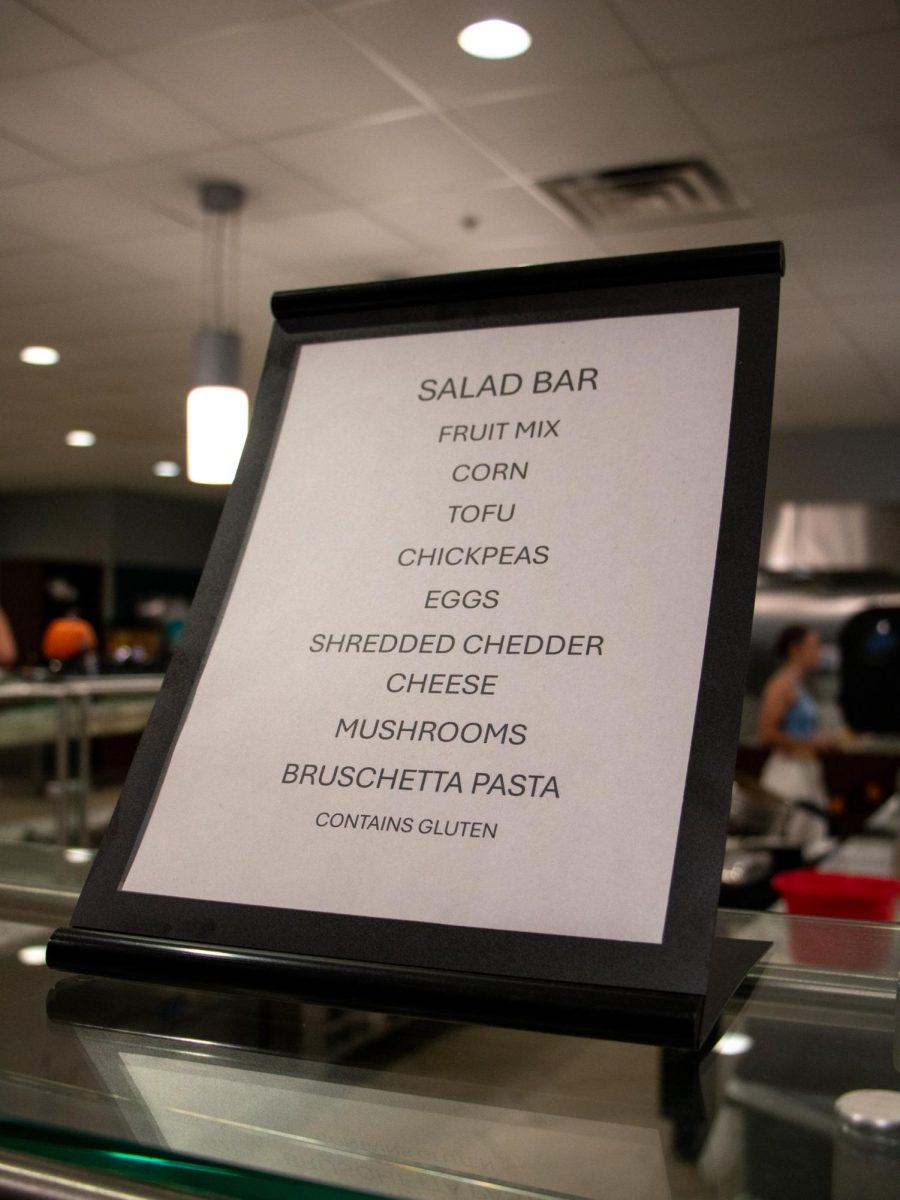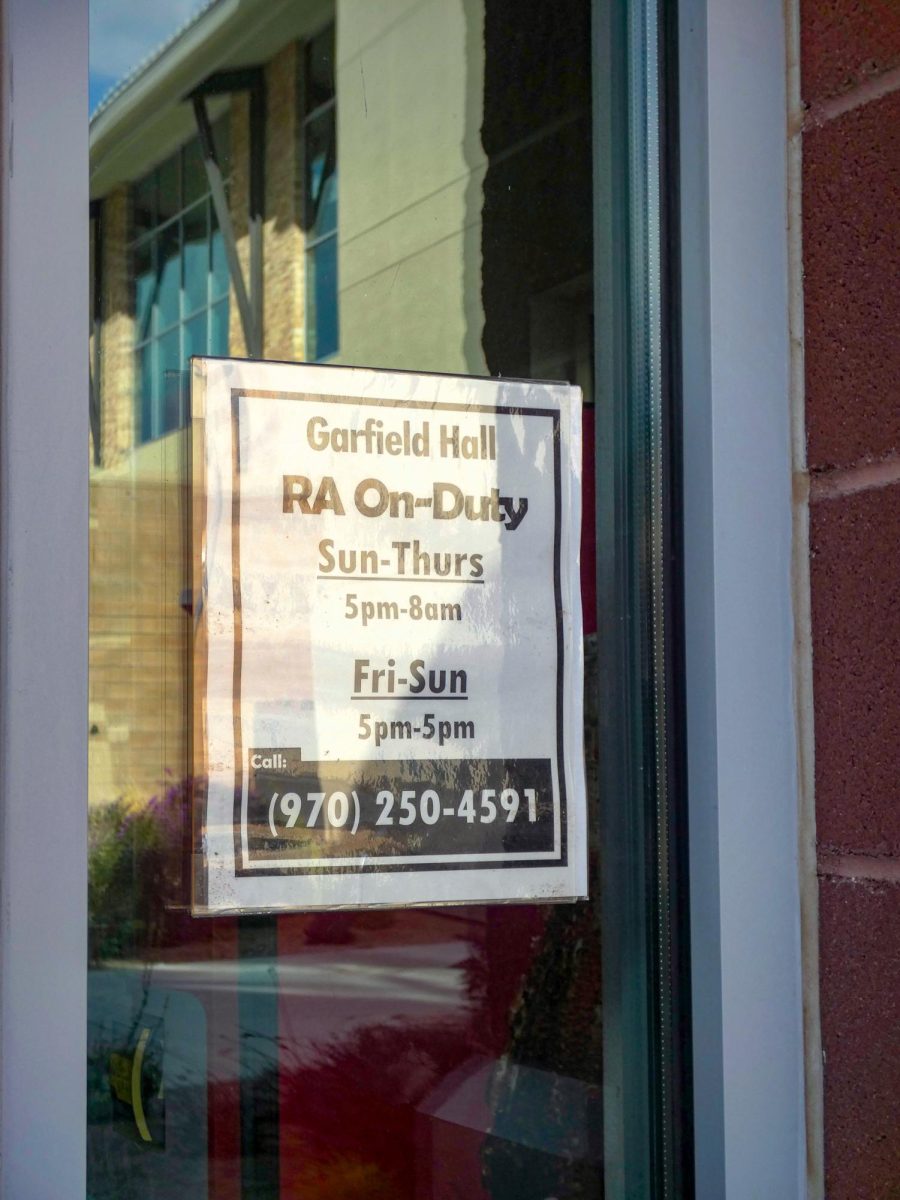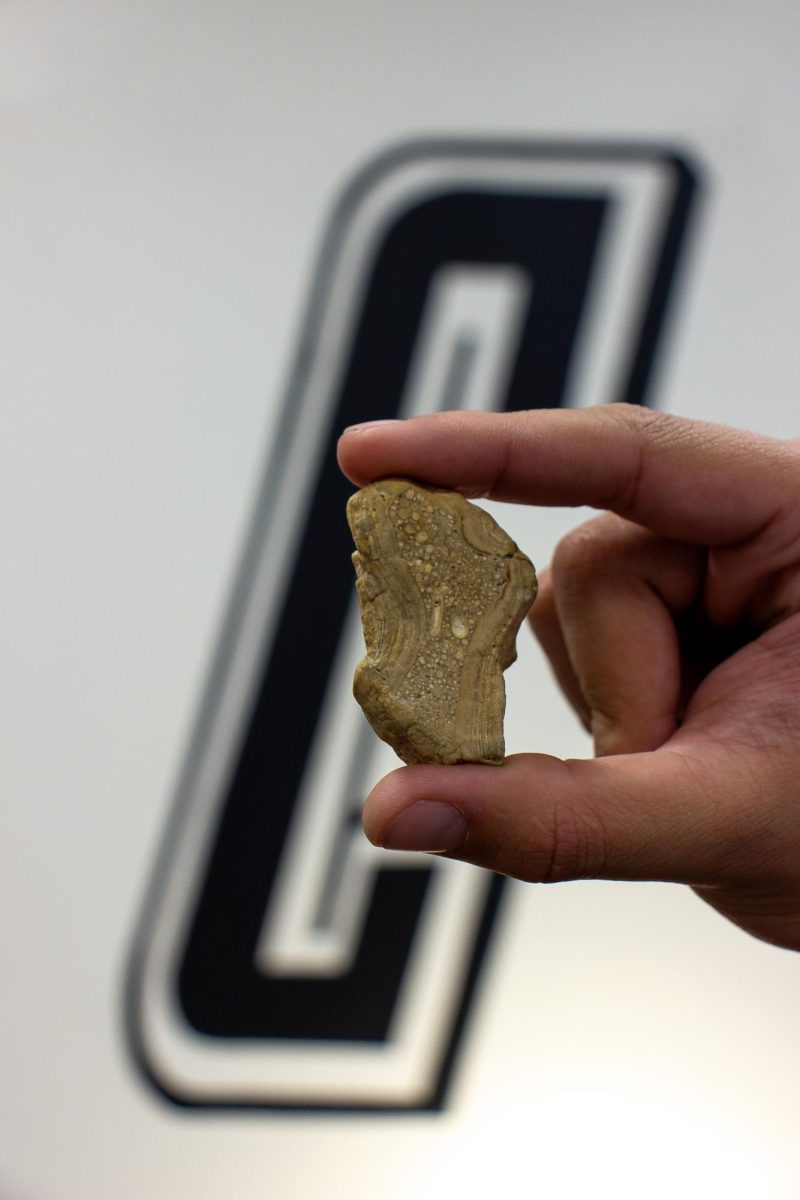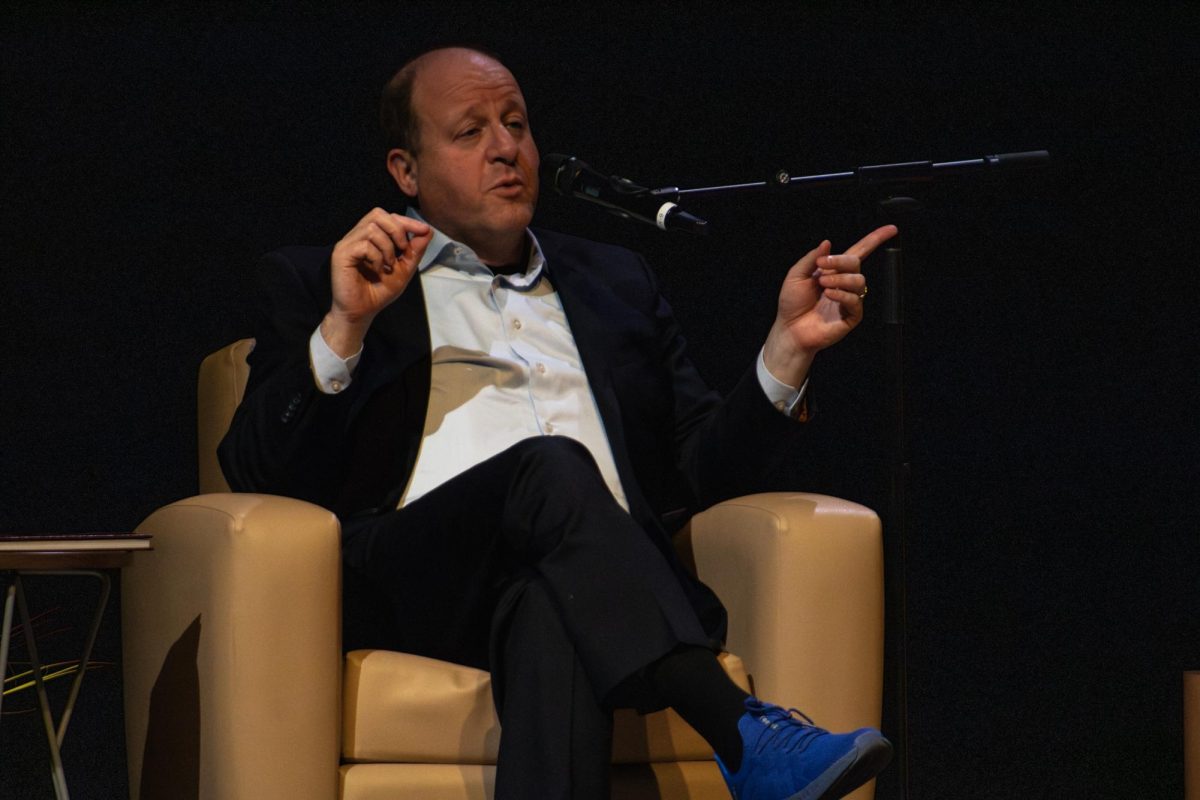During the 2016/2017 academic year, Colorado Mesa University’s Programming Activities Council (PAC), the student organization in charge of events for students, saw less than two percent of the student population, which was 9,735 at the end of the fall semester, at their average activity. The average PAC event had 181 students in attendance.
The student-run organization, which receives a combined $204,443 yearly budget from CMU students’ fees, “provides high-quality entertainment to enrich the lives of students outside the classroom,” per their description on the CMU website.
CMU students, like at many universities, pay “student fees” every semester. These funds are used to pay for student organizations, some salaries and various projects across CMU. As of last year, students paid $5.94 per credit hour, so a student who enrolled last August and takes 15 credits a year, will pay $712.80 by the time they graduate, assuming there would be no increase in student fee rates.
PAC hosted 56 events last year, ranging from “PAC Pub Nights” to “Flapjack Fridays;” however, only one event reached over 1,000 students, about 13 percent of the student population. The American Authors concert in the fall of 2016 garnered 1,262 students in attendance, according to numbers provided by CMU Student Life. The rest of PAC’s events last year had less than 650 students in attendance.

Over the course of the year, PAC reached 3,684, nearly 38 percent, of the CMU student body. Of those students, 58 percent were likely to attend another event, on average, they were likely to attend four of PAC’s 56 events that year. The other 42 percent only went to one of PAC’s events over the course of the academic year.
PAC tracks their attendance by swiping students’ MavCards and utilizing OrgSync, a website designed for college campuses to organize student involvement.
PAC Chair Mel DiMinno says there are other factors to consider when analyzing success at PAC besides numbers, such as quality and the students’ enjoyment.
“Our main goal with PAC is versatility because I truly believe everyone at CMU has a tribe, even if they haven’t found it yet,” DiMinno said. “PAC sees it as one of their jobs to help people find their tribe.”
DiMinno says that in order to do that they host events for a versatile audience, such as “Pottery and Mocktails,” which is not intended to receive a large amount of students, but offer a niche activity. PAC’s records list 29 students in attendance at that event last year.

PAC’s 2016/2017 academic year started out the strongest, with 11 events in the month of August which totaled 3,434 students in attendance. However, as the year went on, CMU saw fewer events, and those events saw fewer attendees. The lowest of these was March, which had four events and 261 recorded students attending them, cumulatively.
“We’ve noticed that as students get more stressed with school, and classes and tests come up, they’re not as willing to give what extra time they have to this event they know nothing about,” DiMinno said.
DiMinno says that during this a “revamping” year for PAC, they plan to incentivize with prizes and contests and provide quality events rather than a large quantity of events.
“We’ve been trying to implement things that students want to see,” DiMinno said. “We’ve been implementing a lot of events to appeal more to the male demographic because we do do a lot of female-oriented events.”

The student-run organization is given a large sum of money every year, making it the second-most funded student organization at CMU, second to the Outdoor Program. PAC was given $116,749, which is pooled from fees students pay, at the beginning of the 2016/2017 academic year. The majority of their budget, $40,000, was utilized for “Professional Fees.” Described as “anything external […] that can relate to a comedian, a magician, if we have to have some services done outside of the university,” Shane O’Neil, director of CMU Student Life, said.
Thirty thousand dollars was spent on “Supplies,” which can range from the $610 spent on succulents for a decorating event in the University Center or the $223.59 spent on wristbands for their PAC Pub Nights.
Twenty-six thousand dollars was spent on student stipends last year. This year, with DiMinno making $500 a month and each of her employees making $350 a month, their stipend budget was increased to $29,500 for the academic year.
The headlining event for PAC every year, and what takes the largest piece of PAC’s budgetary pie, is the organization’s campus concert, which they are apportioned $87,694 of the yearly $204,443 budget to put on. The event has, in the past, hosted Macklemore, Atmosphere and G-Eazy, and is intended to provide a high-quality live concert for the students at CMU. DiMinno recognized there were issues with last year’s American Authors concert, which had a turnout of 1,261 students.
“Last year’s concert, we admit, was not our strongest,” DiMinno said. “The issue that happened with American Authors was just communication issues.”
DiMinno attributes these communication issues to the task of giving students what they wanted and what PAC could afford, especially after contracts with the initial choice, X Ambassadors, “went down the drain,” DiMinno said.
This year, they are trying to rectify these communication issues, offering more polls on social media and fewer opportunities for students to escalate their expectations. The only information available this time around is that the concert will host a rap artist.
“We aren’t going to send out a poll with specific artists this year because often it disappoints students more than it helps them,” DiMinno said. “Because they’ll want the top choice and they won’t care about the other backups, then the top choice jacks their price up to like 150 [thousand], and we can’t do that with our budget.”
This change marks an overall different direction for PAC, with new positions specifically created for listening to student opinion and boosting attendance. This year has seen improvement, with a recorded 710 students, and reportedly over 2,000 waivers signed at this year’s Glow Party, much more than the most-attended event last year.
DiMinno feels that she and her organization are being given the tools they need from the university, and understand the hurdles to overcome; they just need to break through to students.
“What we can do on our part is to not clutter them, because we don’t want them to have brand clutter, to clutter them with this noise,” DiMinno said. “But, to inform them every single day, remind them. […] ‘This is happening. It’s free. It’s for you.’”



